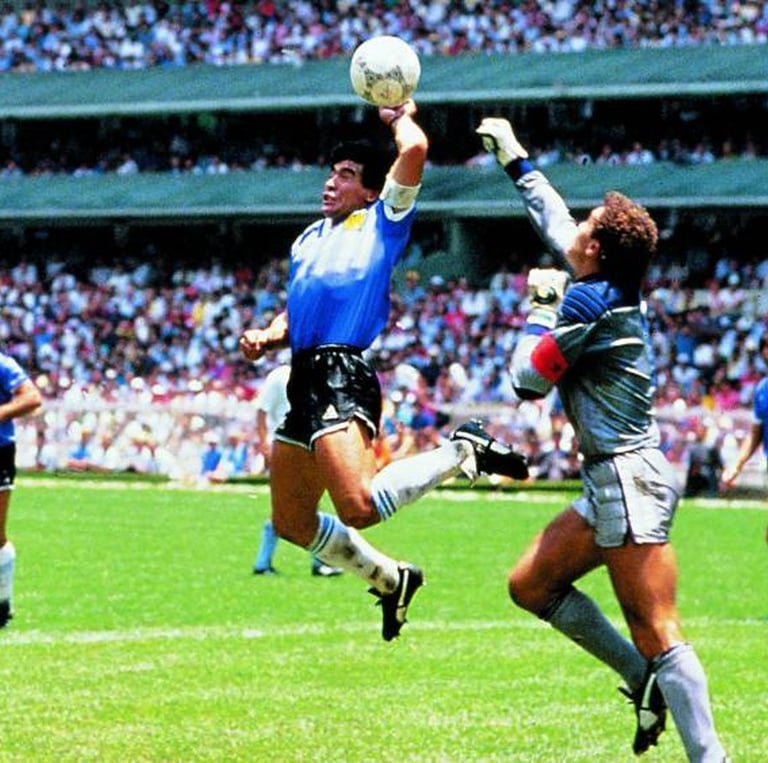
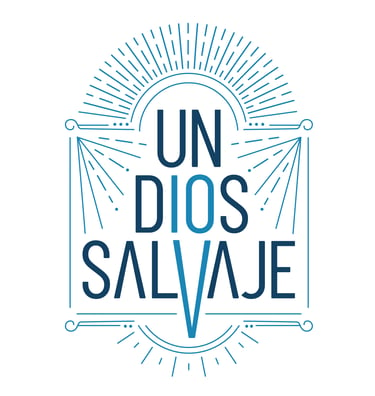
Diego was a classic example of those human existences whose ethical, aesthetic, and political actions inhabit the edges—playing with boundaries and dribbling past excess not just to dodge but to defy the rules. We witnessed this not only in the plays that showcased his genius through the spectacle of a body creating spatialities never before seen on a football pitch, but also in every moment of mischief that pushed the boundaries of the international football regulations—his virtuosity consecrated by indiscipline and symbolized by a flag: the flag of the working-class kid who never denied his place at the margins.
Ironically, death couldn’t escape what his life had been, and his funeral was nothing less than a continuation of his own mastery—this time embodied in the tears, sweat, and pepper spray of a people who fell apart in mourning. A ritual that marked a new beginning from a death as unfathomable as the life that preceded it, like every one of the gestures of public celebration and of the joy or sorrow that life evokes.
His almost religious popularity, reflected in the pain his passing caused among society’s most vulnerable, can only be compared to figures like Eva Perón or Néstor Kirchner—clay-born myths who rose to the heavens and became monuments to joy for the oppressed. His mystique, and the reactions following November 25th, 2020, were the driving force behind the creation of this project/work.
GESTURES FOR COLLECTIVE MEMORY
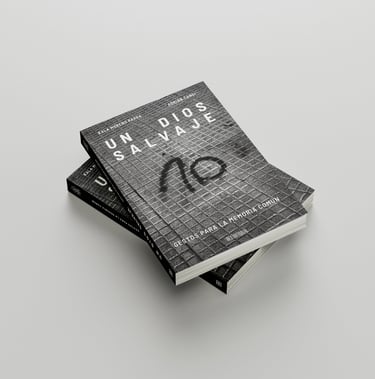

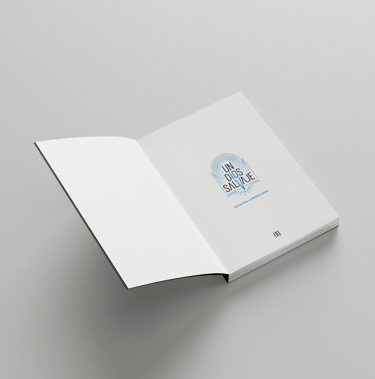

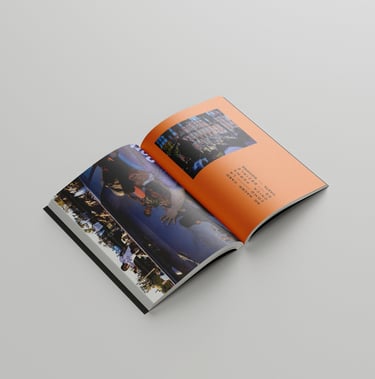

“Un Dios Salvaje” gathers photographs of the many public and private wakes, rituals and farewells, altars, and tributes held across neighborhoods, clubs, and cities throughout Argentina following Diego’s passing. We collected these images—submitted via an open call—recognizing their immense symbolic, political, and cultural value, and deemed it essential to preserve them immediately as a gesture for our community’s collective memory.
These works, by over 100 contributors, were carefully selected by a jury composed of RES, Mariana Eliano, Eduardo Longoni, Victoria Gesualdi, Julio Pantoja, and Juan Travnik. Another aim of this photographic selection was to donate the collection to ARGRA’s Photographic Archive, which organizes, catalogs, preserves, and makes public the photographic records of Argentina’s most significant political, social, and cultural events.
We also assembled literary reflections—essays and impressions—from leading voices in national writing: Horacio González, Ariel Pennisi, Alejandra González, Adrián Cangi, Gabriela Cabezón Cámara, Facundo Martínez, Diego Valeriano, Cora Gamarnik, Gustavo Varela, Mauro Greco, and María Pía López. Driven by the same urgent need to bear witness that guided the photographers’ lenses, some of these texts were written exclusively for this volume. Together with the images, they document and explore an overwhelming phenomenon that reshaped our shared experience.
People’s Photography: a view from the neighborhoods
Over 100 photographers captured the popular ritual following Maradona’s death. These images are part of a living archive of collective memory. Below, we share some of these records, along with the names of their authors and the cities from which they portrayed the farewell.
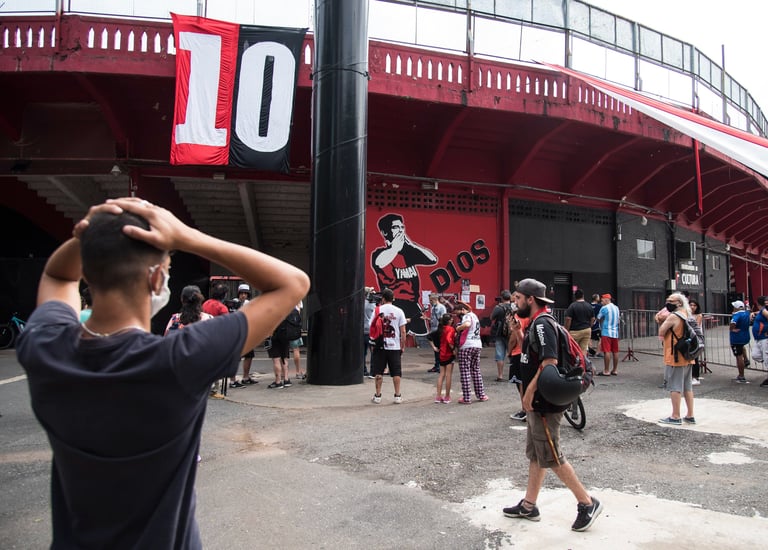

Marcelo Manera - Rosario
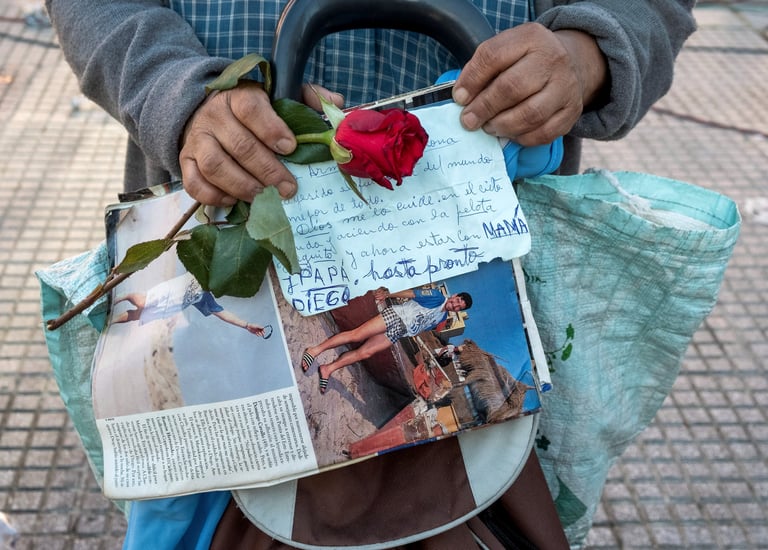

Pablo Puente - Buenos Aires
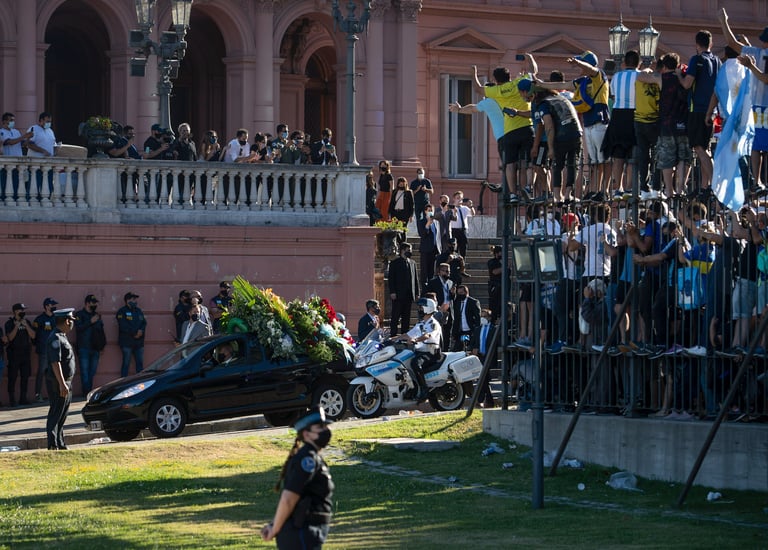

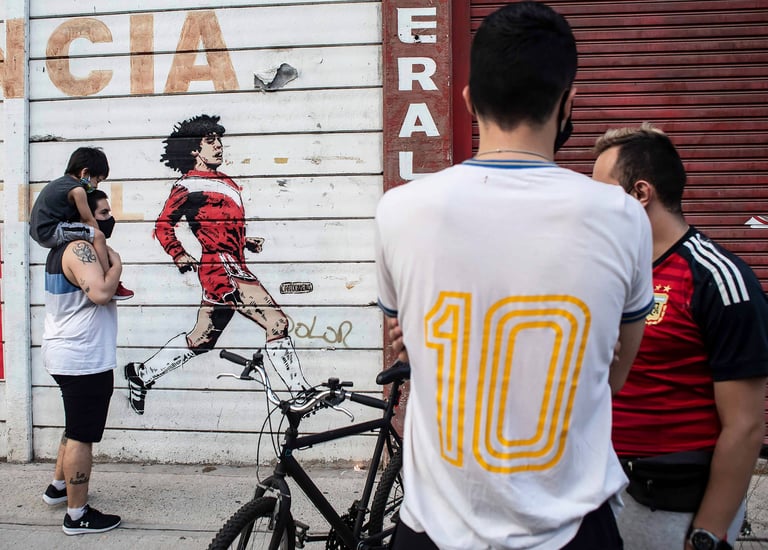

Matías Baglietto - Buenos Aires
Mariano Campatella - Buenos Aires
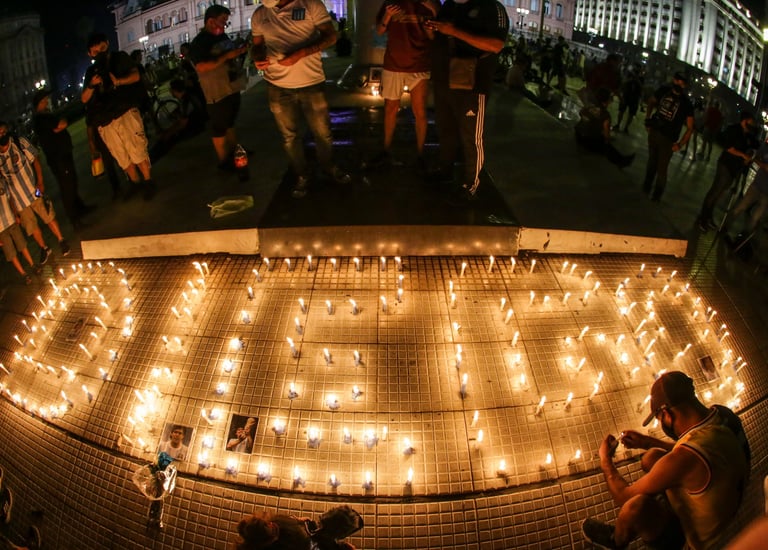

Germán Romeo - Buenos Aires
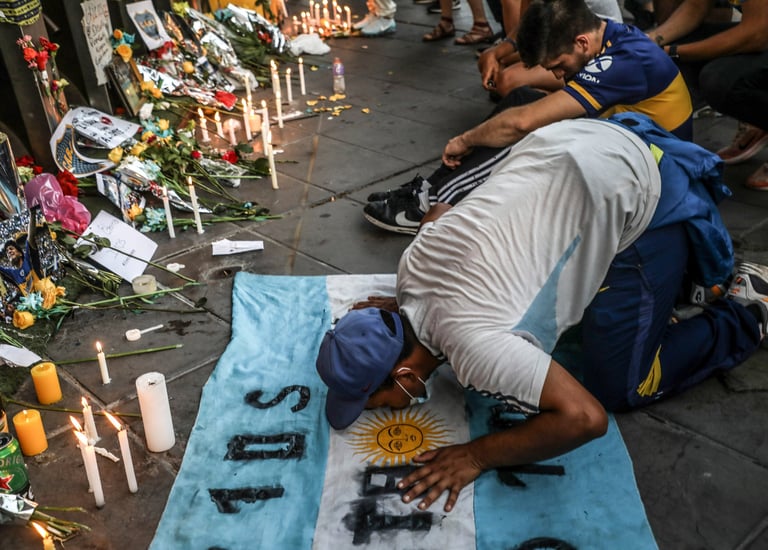

Ana Emilia Miguelez - Buenos Aires
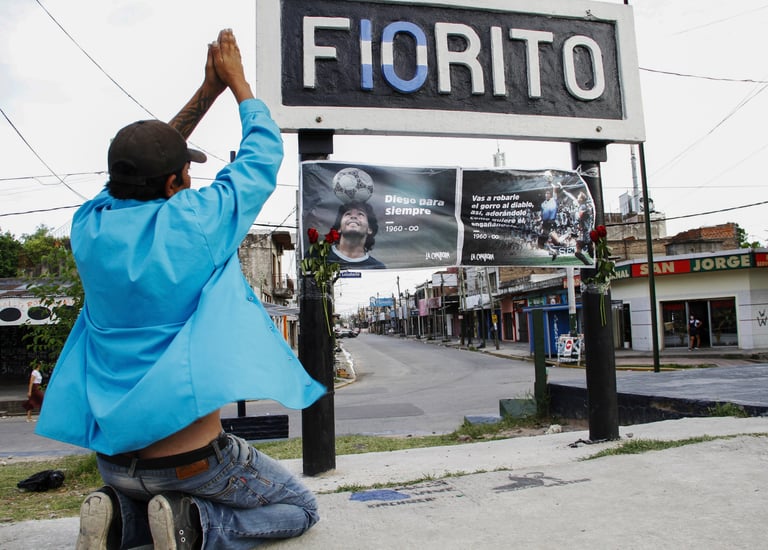

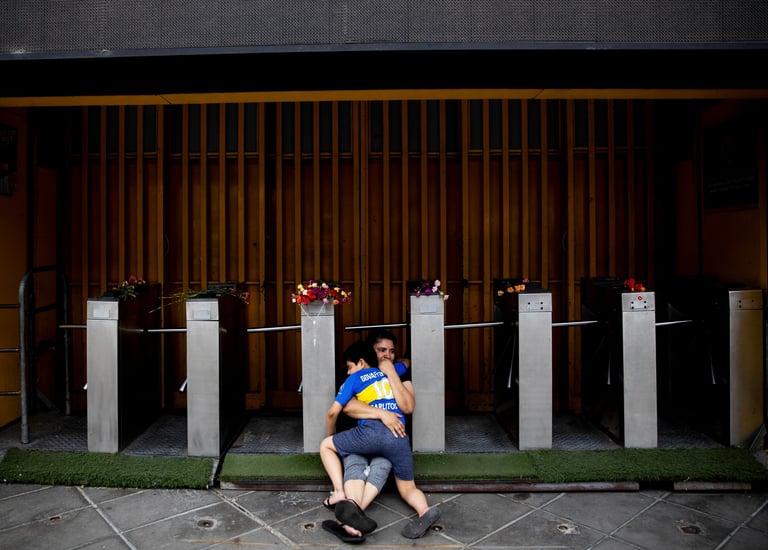

Claudia Chávez - Estación de tren Villa Fiorito
Tomás Francisco Cuesta - La Boca
Culture and Collective Memory
Explore our section dedicated to shared memory, featuring an essay by Horacio González that challenges history, myth, and popular culture.
